Economics for International Business Homework: Kufstein FH
VerifiedAdded on 2023/06/03
|9
|876
|333
Homework Assignment
AI Summary
This assignment solution covers key concepts in international economics, including comparative advantage, price elasticity of demand, and market equilibrium. It analyzes Robinson Crusoe and Friday's production possibilities, determining absolute and comparative advantages in coconut gathering and fish catching. The solution also examines the impact of technological advancements on the tablet and laptop markets, assessing consumer and producer surplus. Furthermore, it calculates price elasticity for a newspaper, advises on pricing strategies, and determines equilibrium price and quantity in a market with given supply and demand functions. Finally, it analyzes the effects of a tax on the equilibrium and calculates tax revenue and deadweight loss. The assignment includes relevant diagrams and references to support the analysis.
1 out of 9

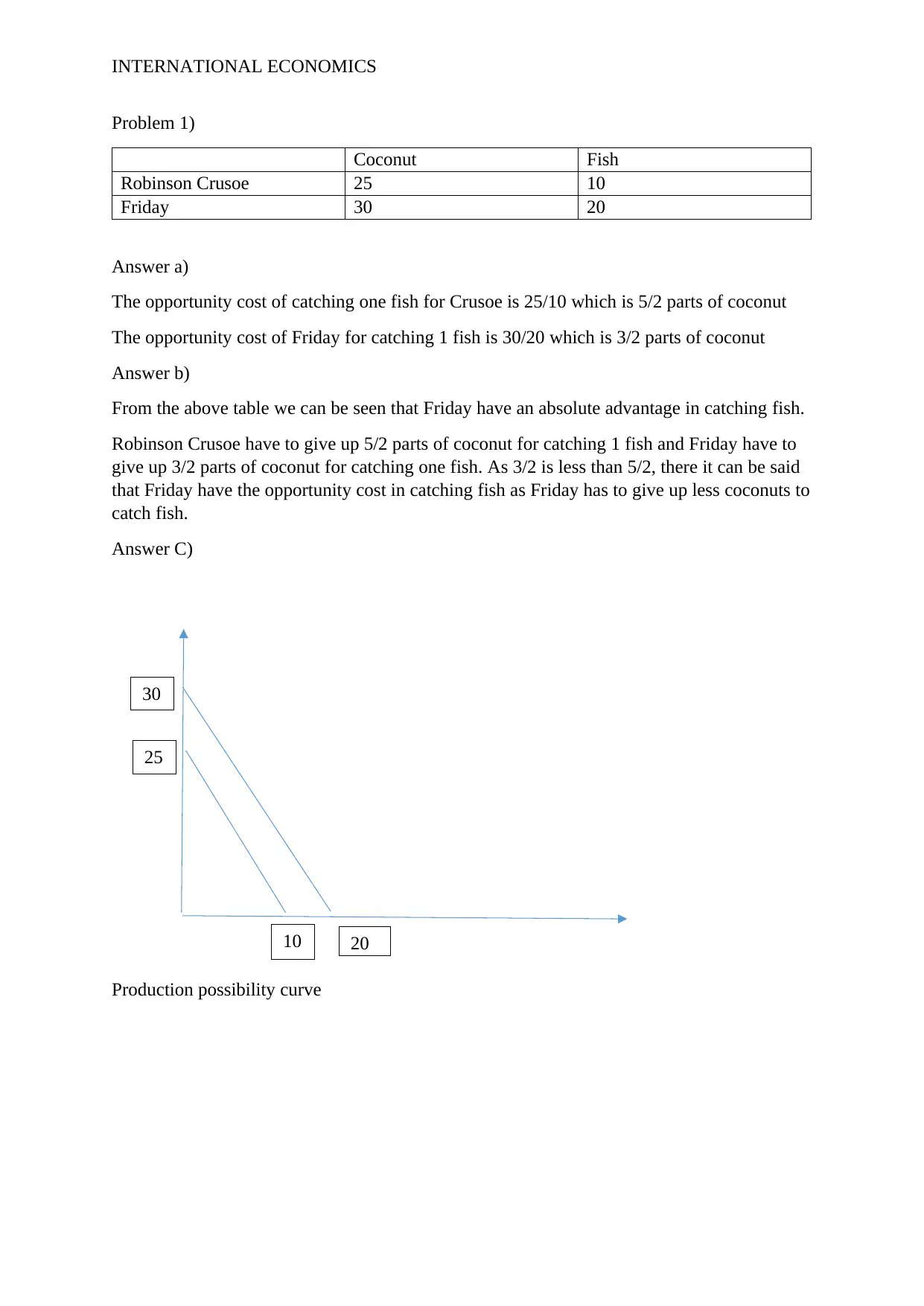
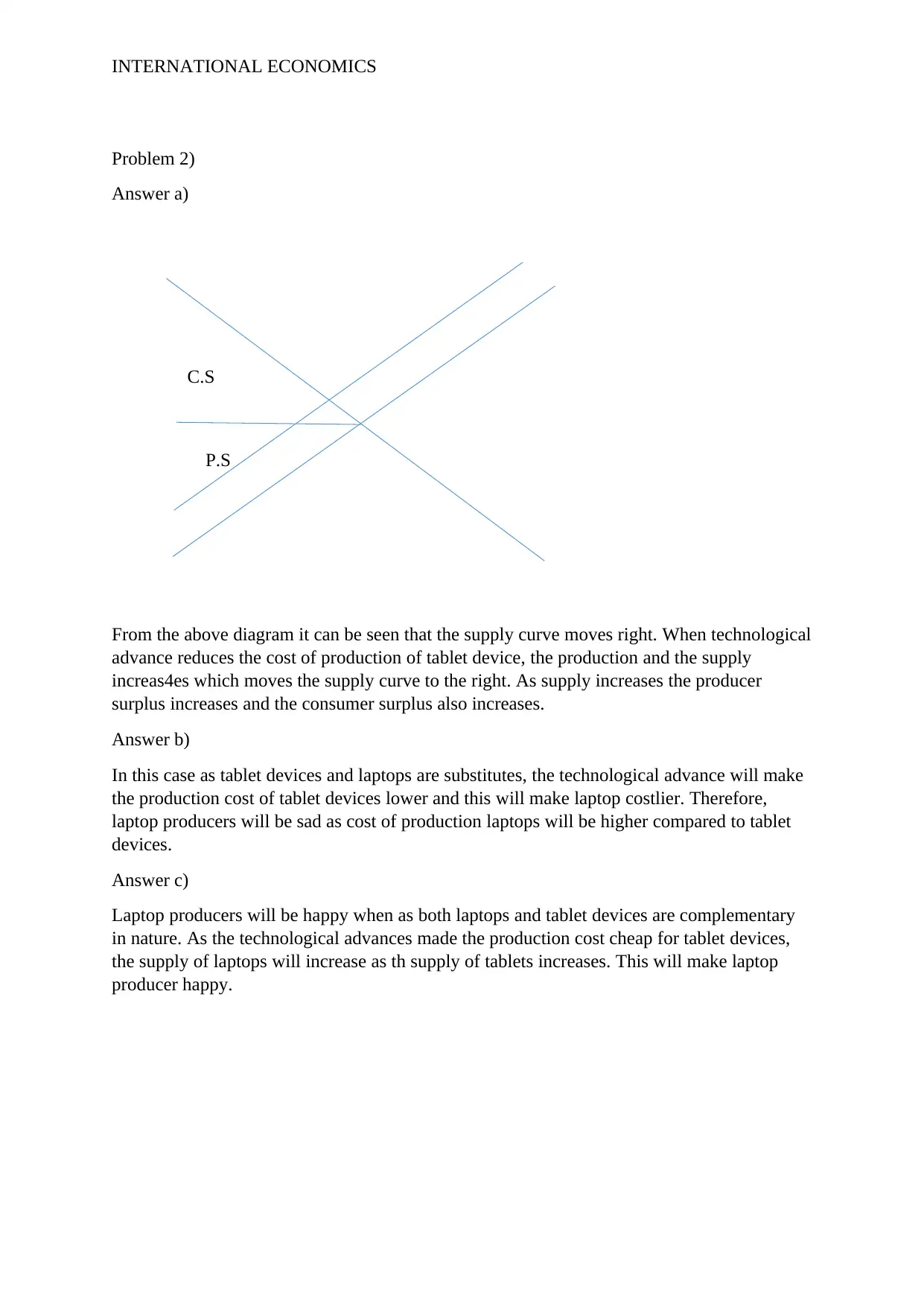

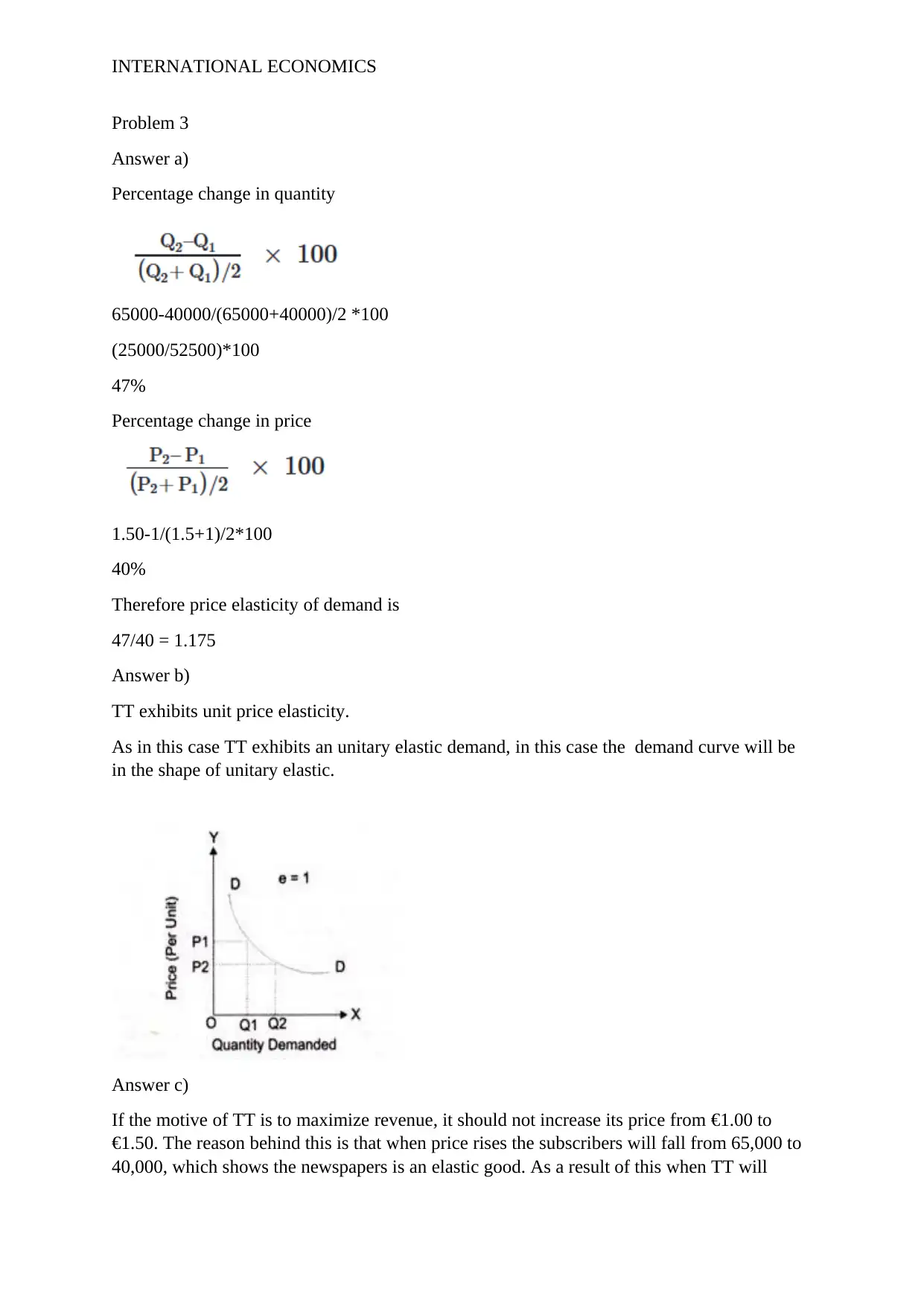
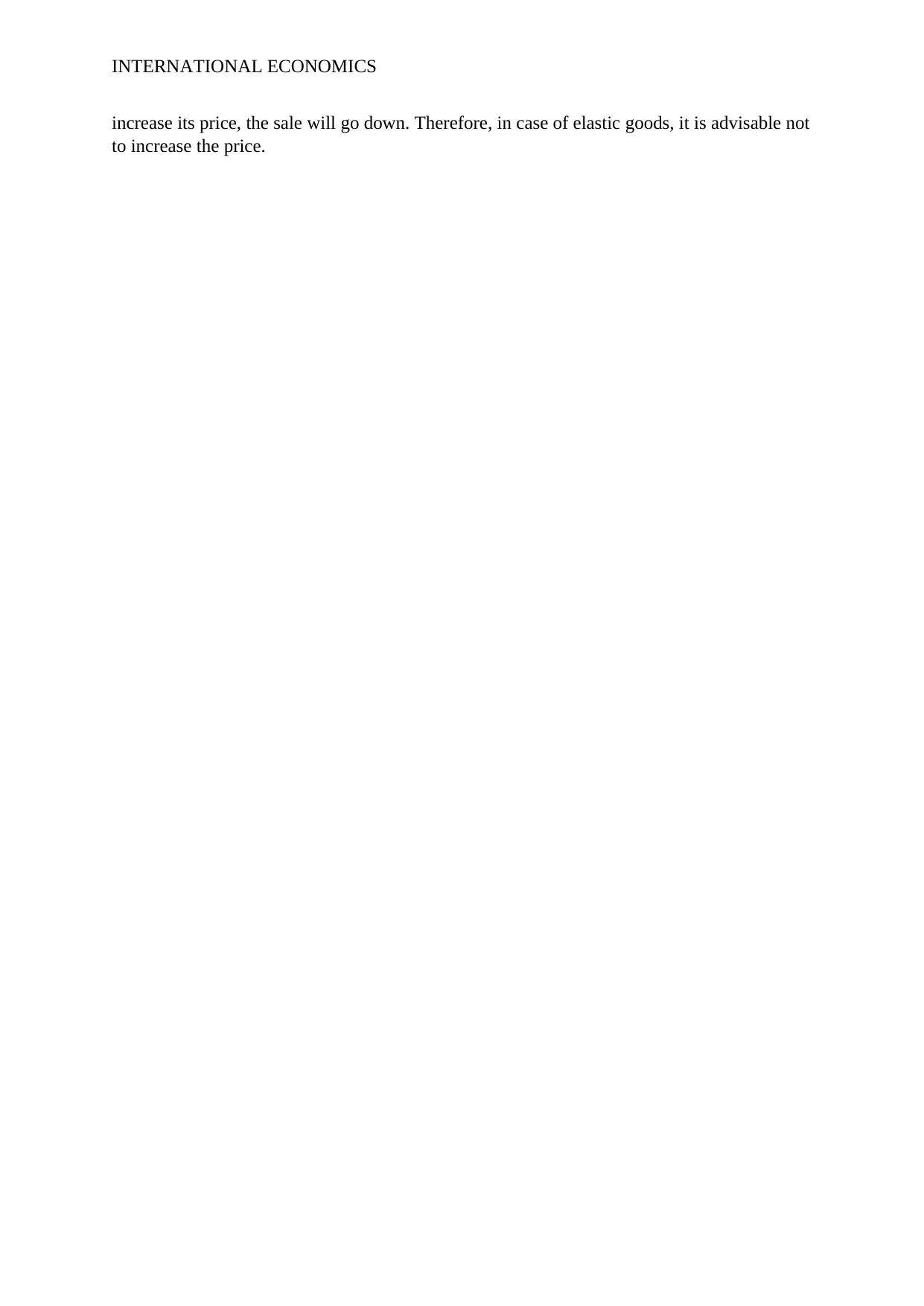
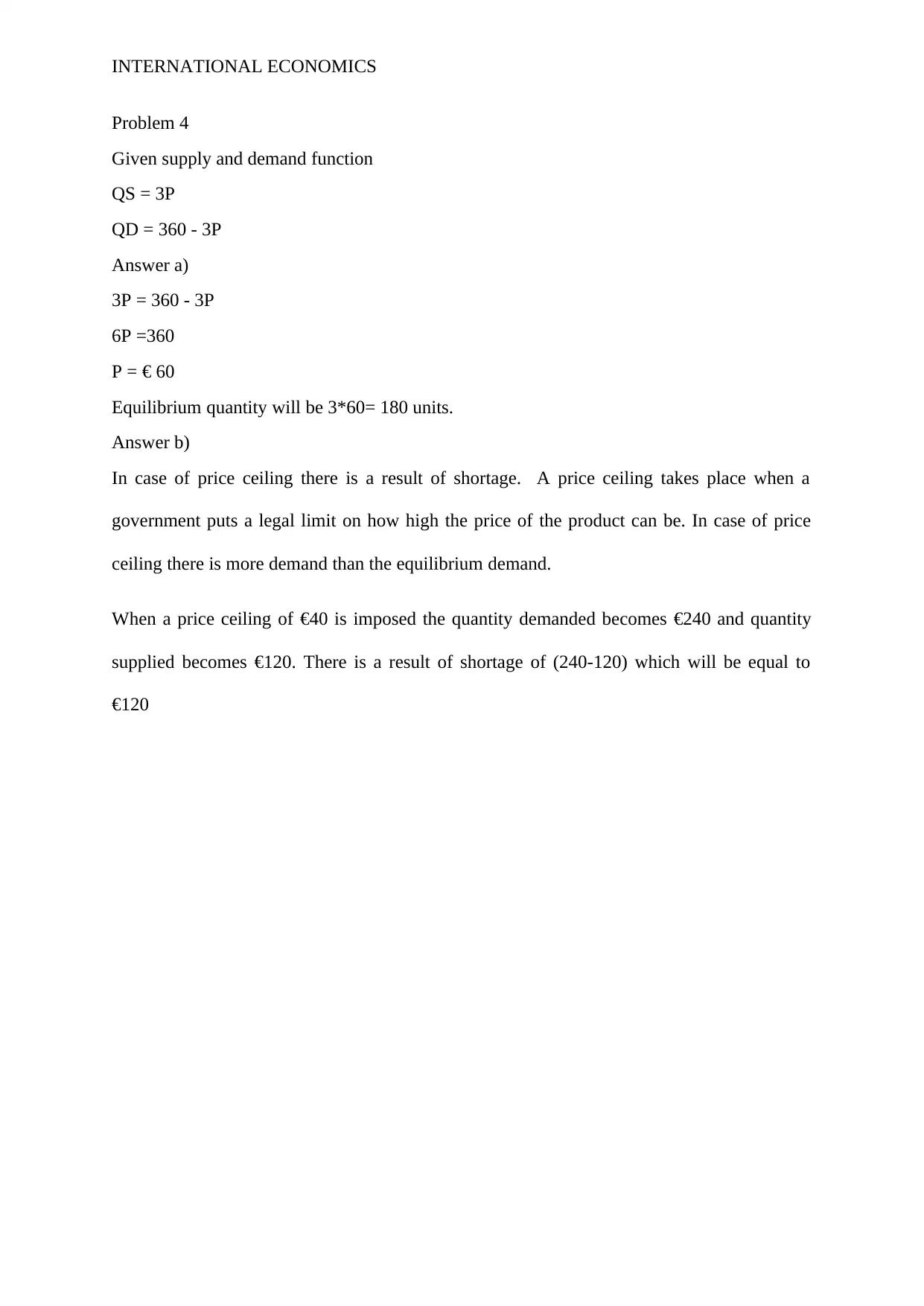
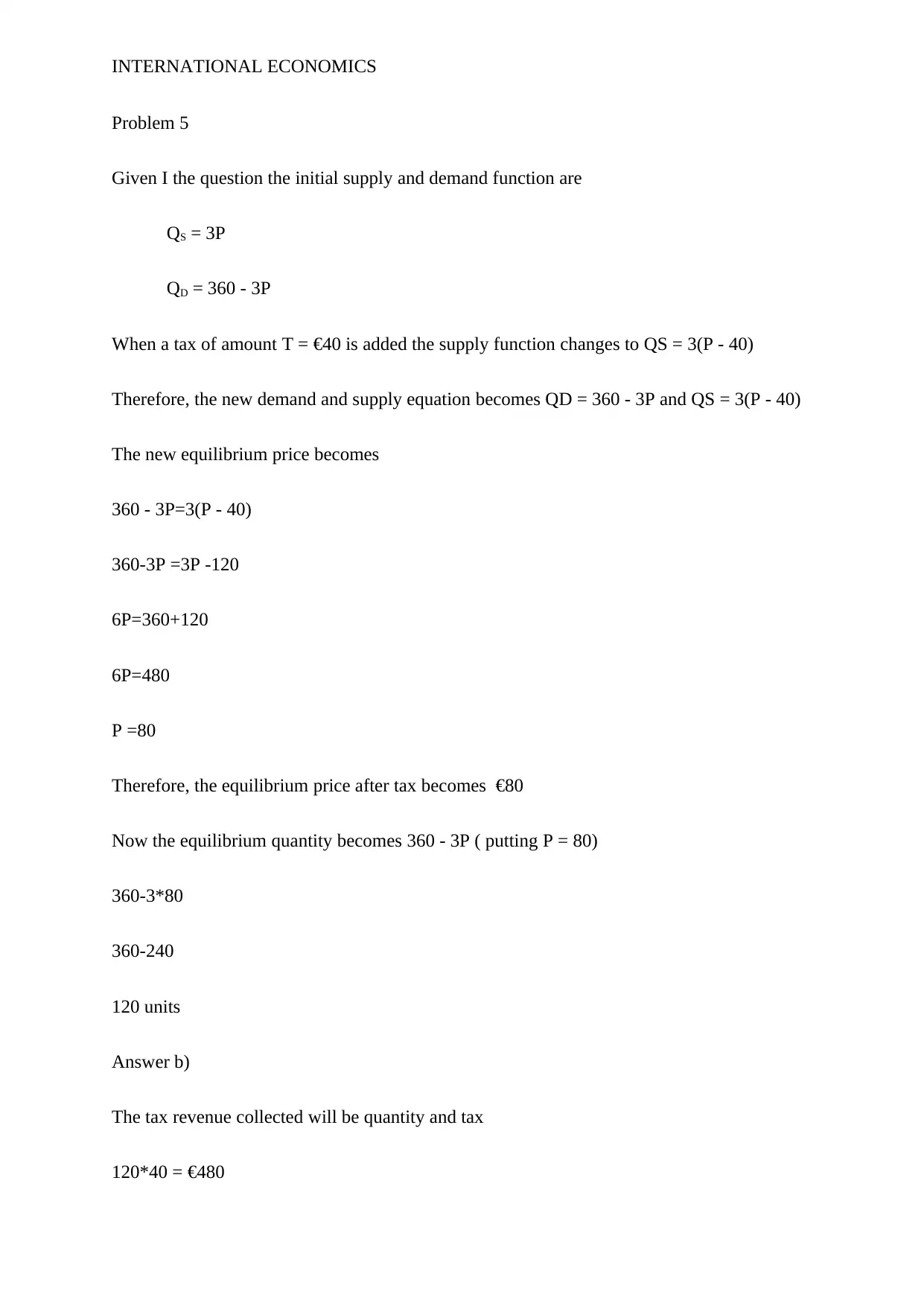
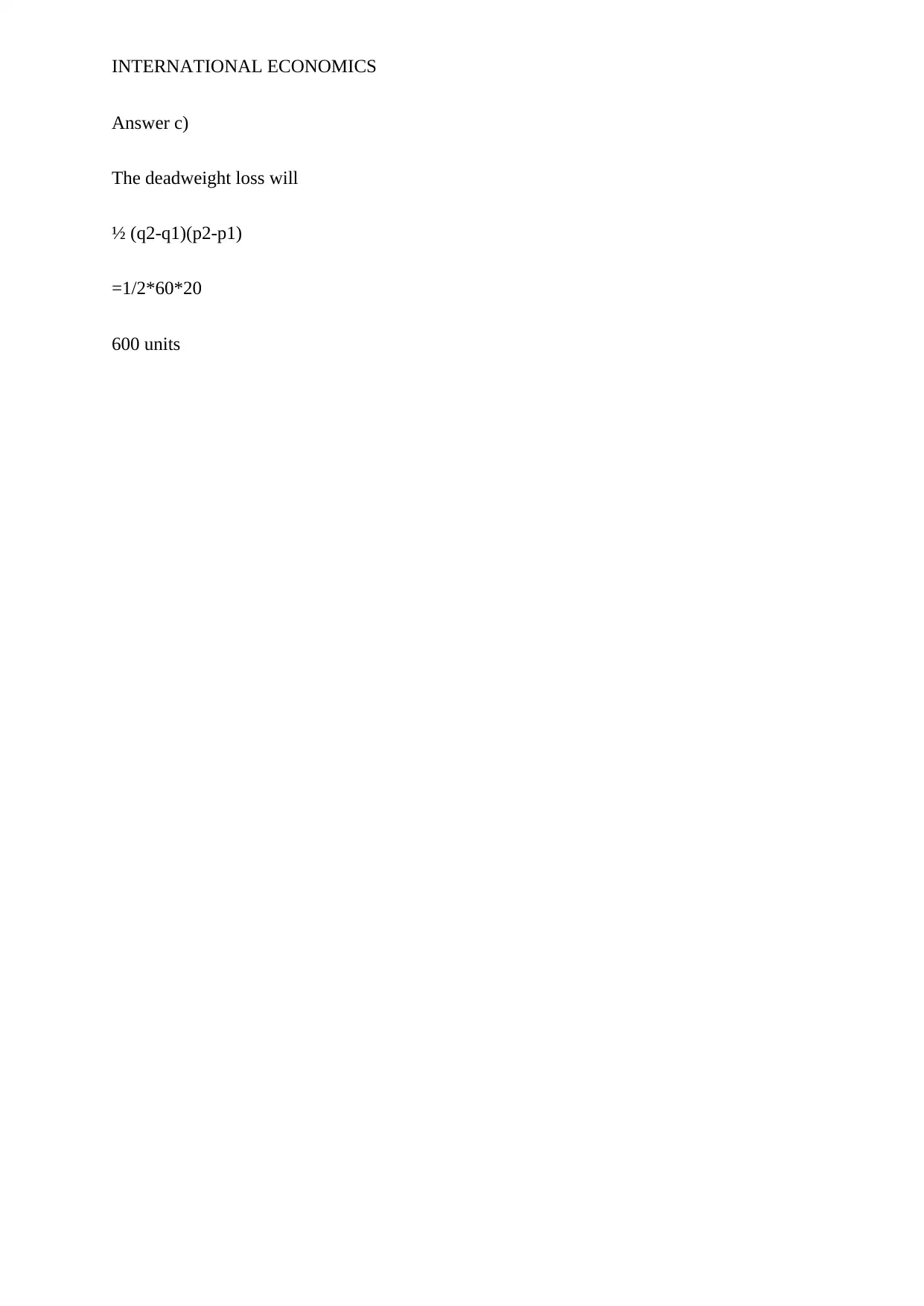
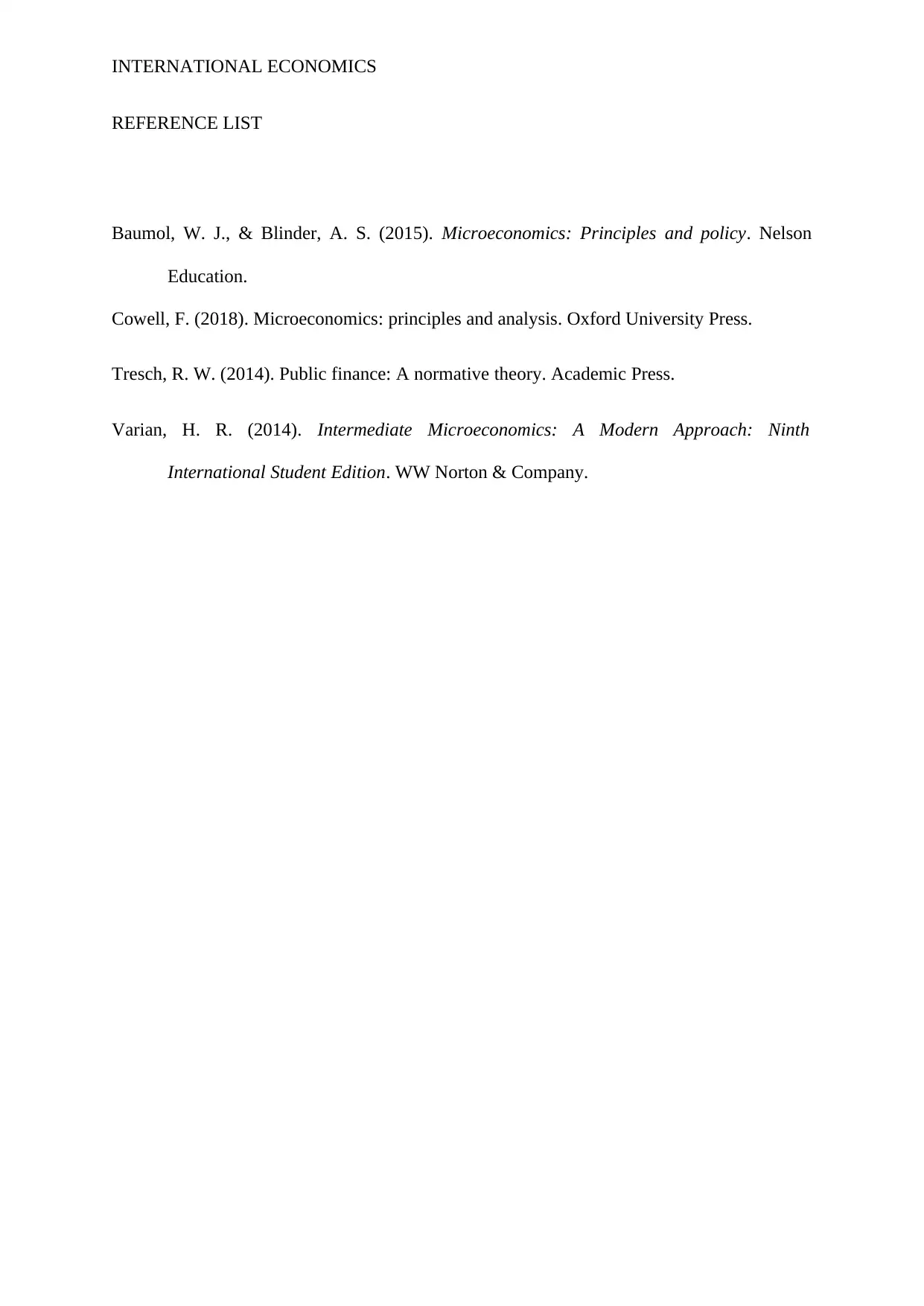
![[object Object]](/_next/static/media/star-bottom.7253800d.svg)